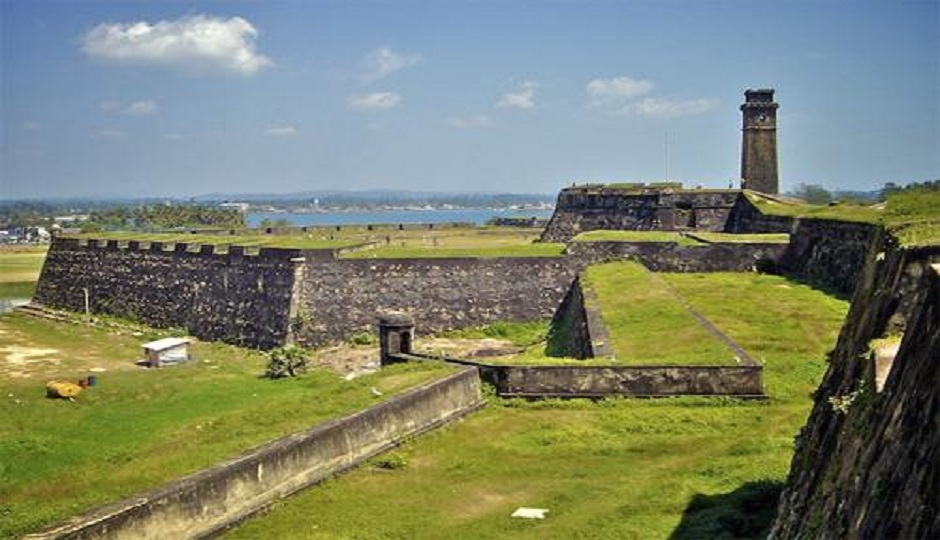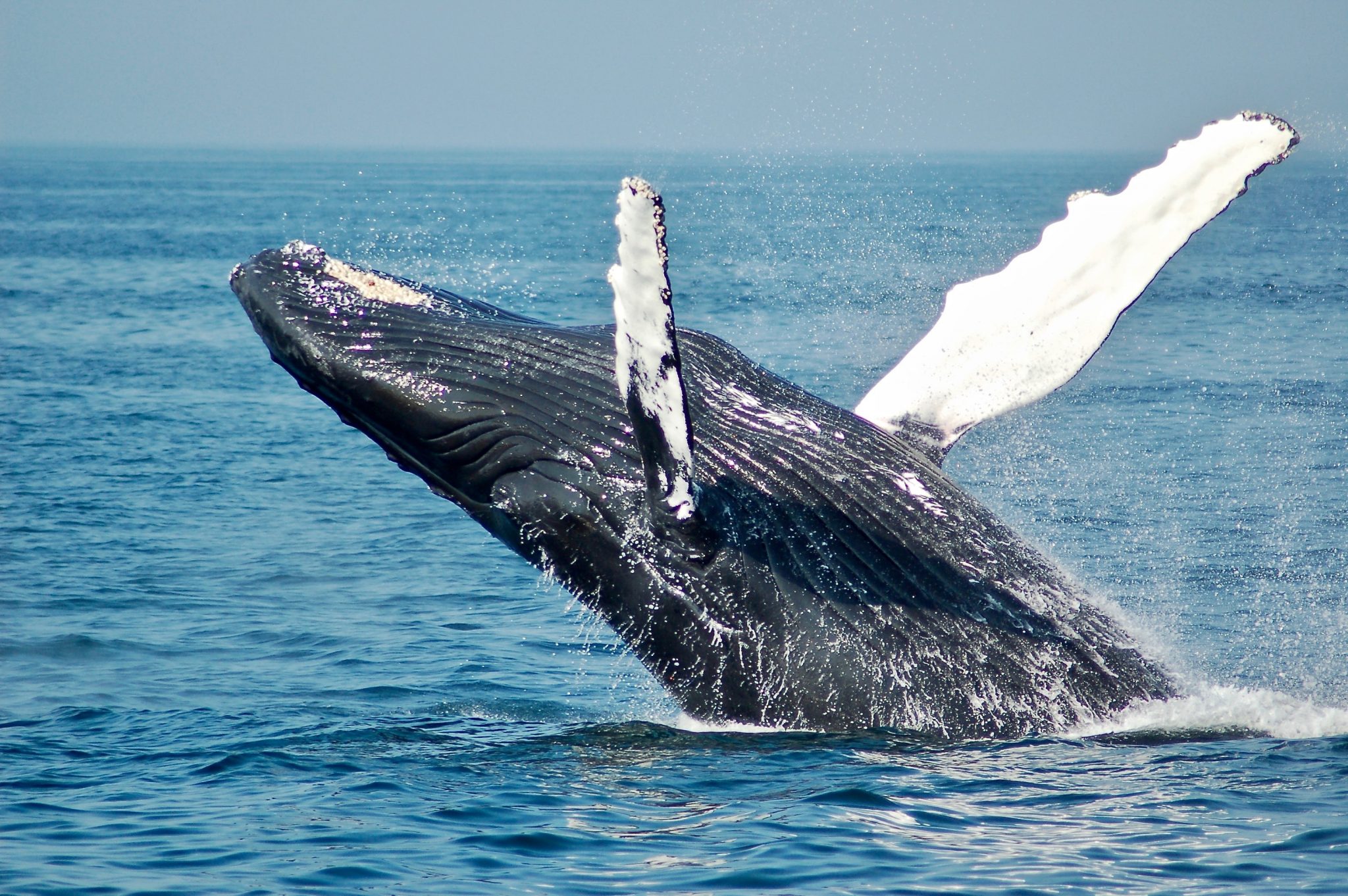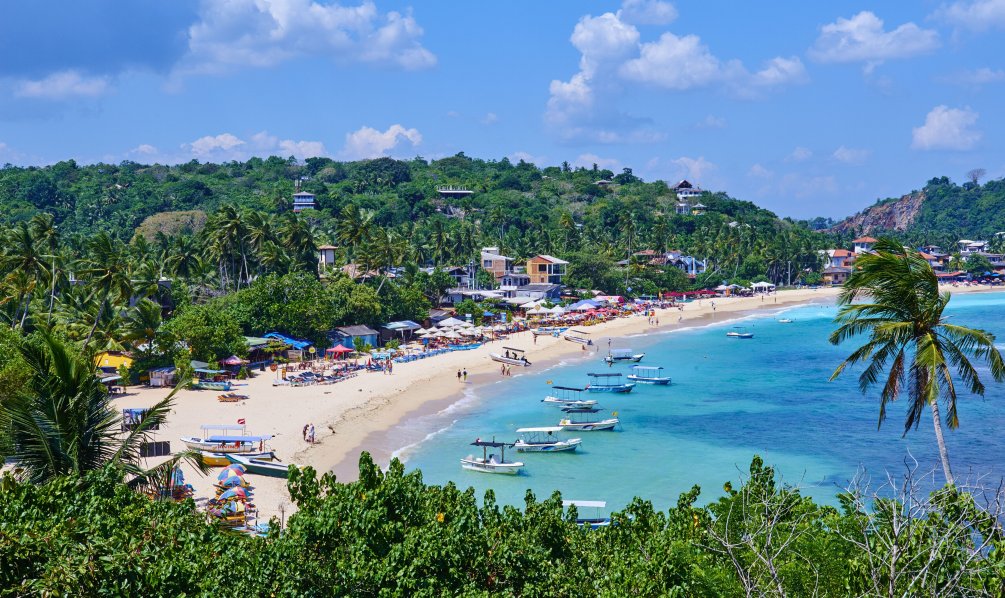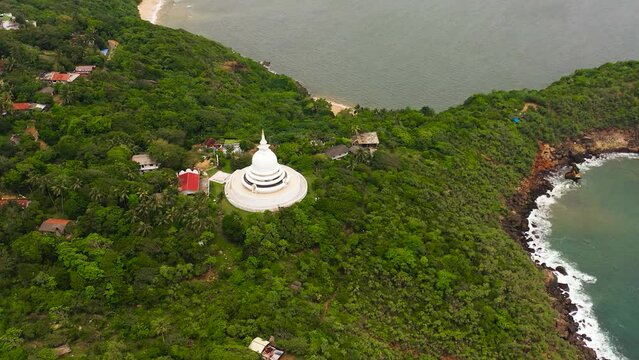History
Galle’s earliest historical existence is traced to Ptolemy’s world map of 125–150 AD when it was a busy port, trading with Greece, Arab countries, China and others. Its mention as a “port of call of the Levant” is made in the cosmography of Cosmas Indicopleustes. This is the harbour where the Portuguese, under the leadership of Lourenço de Almeida, made their first landing in 1505 on the island and caused a notable change in developments on the island with their close friendship with Dharmaparakrama Bahu (1484–1514), the then king of the country. Before the Portuguese arrived here, Ibn Batuta had touched base at this port. This was the beginning of the fort’s history, which was built by the Portuguese, along with a Franciscan chapel (now mostly in ruins) inside the fort in 1541. The fort also, in later years, served as prison camp to incarcerate Sinhalese natives who opposed the Portuguese. The Portuguese had moved to Colombo from Galle as they preferred the latter. In 1588, however, they were attacked by the Sinhalese King Raja Singha I (1581–93) of Sitawaka, which forced the Portuguese to return to Galle. At Galle, they initially built a small fort out of palm trees and mud. They called it the Santa Cruz, and later extended it with a watch tower and three bastions and a “fortalice” to guard the harbour.
In 1640, the events took a turn with the Dutch entering the fray joining hands with King Rajasinhe II to capture the Galle Fort. The Dutch, with a force of some 2,500 men under Koster, captured the fort from the Portuguese in 1640 itself. Although not an ideal situation for the Sinhalese, they were instrumental in building the fort as seen in its present form in the Dutch architectural style. Fortifications were added up to the early 18th century. The establishment consisted of public administration buildings, warehouses and business houses and residential quarters. A Protestant church (planned by Abraham Anthonisz) was also built in baroque style in 1775 to cater to the colonists and the local people who were converted to Christianity. The most prominent buildings in the fort complex were the Commandant’s residence, the arsenal and the gun house. Other buildings erected in the fort catered to trade and defense requirements such as workshops for carpentry, smithy, rope making and so forth. They also built an elaborate system of sewers that were flooded at high tide, taking the sewage away to sea.
The British took over the fort on 23 February 1796, one week after Colombo was captured. Sri Lanka remained a British colony formally from 1815 till it became an independent island nation in 1948. The importance of Galle also declined after the British developed Colombo as their capital and main port in the mid nineteenth century.





